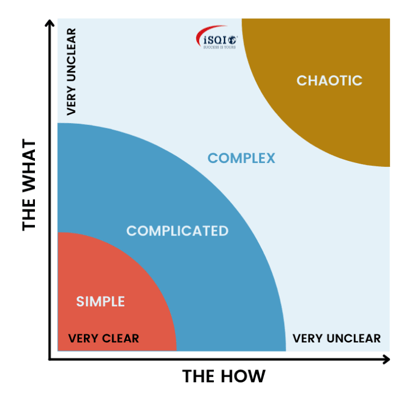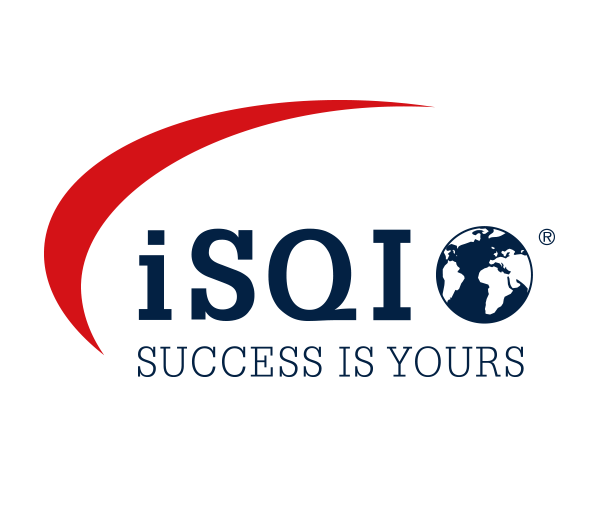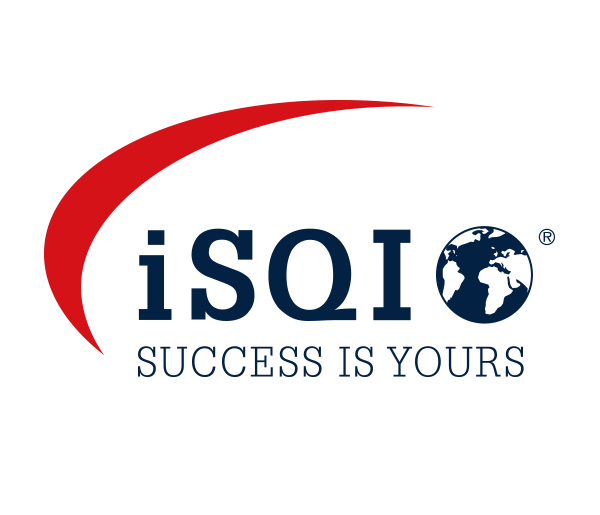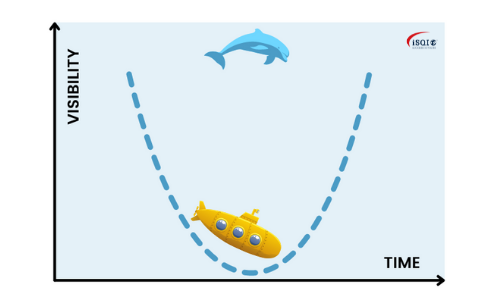UNDERSTANDING THE AGILE APPROACH
The essence of Agile can be explained with the metaphor that compares a submarine to a dolphin (Fig. 1). Let’s visualise projects, especially “big” projects like a submarine: the boat is always submerged deep in water out of sight.
.png?width=500&name=Submarine%20vs%20Dolphin%20(500%20%C3%97%20300px).png)
Fig. 1: Submarine vs Dolphin
Project-based working means most of the time diving under water. The submarine will come up for the first time at the end of the project. Only then will see the results be visible and often these results are not in line with the original expectations or requirements leading to disappointment. This happens because the first sight of the project outcomes is the completed deliverable and it is likely that many different issues are discovered at this late point. The consequences are often the same: emergency meetings, stress and an unhappy customer. Moreover, at this stage, the project is over, the budget is spent and any attempts to resolve issues will be very costly and time-consuming. This is known as the “see you later” model.
Alternatively, we have the dolphin approach. A dolphin dives under water as well but it will soon rise up to the surface again to breathe. With this model, you also dive under water but you rapidly emerge with the first result. Therefore, you will be able to test and evaluate small results incrementally. In this way, you get early feedback on what is workable and what is not. Having this knowledge, the dolphin will dive under water again and emerge a bit later. This is known as the “see you soon” model. Working with the so-called iterations or sprints as the dolphins, you will discover the issues sooner and you will be able to make adjustments efficiently to them. It is not about working harder, but about working smarter instead. That is how Agile speeds up processes and saves time.
Agile gives you the ability to deliver your work earlier, more accurately and even to deliver additional value.
Agile is about short cycles and iterations
Now, comparing both approaches we get the following differences:
- The project is finished at the end versus it is always finished.
- One gets feedback only at the end versus one gets feedback from the beginning.
- No interim adjustments versus constant adjustments.
- Not being able to stop halfway versus always being able to stop.
- The value only comes when the project is finished versus the most valuable thing comes first.
- Accumulated risks versus highlighted risks. In conclusion, working in long cycles versus working in short cycles.
The comparison between both approaches can be also seen on the following chart (Fig 2.).
%20(1).png?width=500&name=Submarine%20vs%20Dolphin%20(500%20%C3%97%20300px)%20(1).png)
Fig. 2: Comparison chart between the submarine and the dolphin approach.
In a dynamic and complex world that is constantly changing, it is smarter to work in short and iterative cycles. Agile work is comparable to swimming like a dolphin: always coming out of the surface to breathe and adjusting things based on concrete results and fresh insights.
Agile fits complex work situations
Agile is not a magic bullet. Agile is particularly useful when the work is unpredictable and cannot be planned ahead of time. Agile is for situations with a lot of uncertainty, where there are still many changes and discoveries to come. We call these complex situations.
An alternative to Agile is Lean. Lean is recommended when the work is lighter. Although sometimes it becomes complicated, through repetition it is possible to master the work and make it plannable. The best way to know when Agile makes sense and when it does not, is consulting the model created by Ralph Stacey (Fig. 3).
 Fig. 3: The Ralph Stacey model
Fig. 3: The Ralph Stacey model
- Simple situations: In these cases, we have clear what is needed and how it can be achieved. Simple situations include baking cookies or learning to ride a bike, for example. In these activities, there is a very clear relationship between what and how. That is, if you follow certain steps, then you will get the wanted results. And if you don't know how to deal with these simple situations, you can simply find a coach or instructor to teach you.
- Complicated situations: these occur when uncertainty about what and how increases. It is quite clear what is needed and how to achieve it, but it is no longer possible to guarantee results. Therefore, it is worth doing a thorough analysis beforehand of what is needed. The more precisely you specify these things, the greater your chances of success. For example, making a medical diagnosis or repairing a large machine. All of these tasks may appear very difficult in advance, but if well-trained people perform a detailed analysis first, they will be able to achieve good results. Lean optimization is therefore perfect in complicated environments. It is possible to plan complicated work, but it requires experience and precise preparation.
- Complex situations are those situations in which the what and the how become still a little more uncertain. A complex situation typically turns out differently than you expected. Beforehand there is already more uncertainty than certainty. For example, we can think of a large project that involves many people and parts, such as the creation of new IT systems or the merger of two companies. However, complex situations cannot be planned in advance, but can be explained afterwards. And in retrospection, you always know how you should have approached things given your current knowledge. For this reason, in a complex situation it is appropriate to use the Agile approach. Perhaps it is even appropriate to get a coach to help you with this. In any case, it is better to discover in small steps what is needed and how to achieve it: experimenting, discovering, and making adjustments based on intermediate results.
- Chaotic situations: these are situations in which the what and the how are totally uncertain. For example, think of a major accident or a war situation. An agile way of working might help, but chaotic situations are often subject to the luck factor. In these kinds of situations it is about taking action, no matter what it is. If you want to get out of the chaos, you will try to act in the most coordinated way to quickly move out of the chaos. Therefore, leaders play a crucial role in chaotic situations.
Conclusion
In this article, we introduce two approaches that show you that your team or your company is either acting like a dolphin or like a submarine. After learning the differences between both approaches, you might want to become Agile and work in short cycles like a dolphin. However, you need to know that Agile is not the solution to all problems.
Actually, you may ask yourself whether the Agile approach is suitable for your company or project or not. The answer depends solely on the following fact: is it a complicated or a complex situation?
Complex situations are not repeatable and are always different. Agile is useful in situations that are not repetitive, in which the answers are only known later. In these cases, Agile is ideal because it helps you to figure out a route when you first do things.
If it is something complicated and therefore repetitive, Lean will be more helpful at the beginning. Lean helps to optimize and learn from the things you do most often, e.g. think about production processes in the manufacturing industry. Nevertheless, Lean and Agile share a same goal: to succeed and improve based on experience.
On the other hand, our society is changing in such a way that more and more complex situations arise. Everything is speeding up and becoming digital. Simple and complicated work is disappearing because it is being automated. And when you automate something, it becomes complex. As a result, more and more environments are becoming complex. This explains why Agile is used more widely and more often.
In fact, if you find yourself working surrounded by complexity, unpredictability and change, then you might consider the Agile approach. Agile will help you to work smarter and to provide additional value in your projects.
Check out our agile certifications here: https://isqi.org/en/13-scrum-agile-methods
Source: Translated from the Dutch Original book: “AGILE”, © 2018, Rini van Solingen & Management Impact - translation by tolingo GmbH, © 2019, Rini van Solingen. R. van Solingen Prowareness, Delft, The Netherlands © The Author(s) 2020 S. Goericke (ed.), The Future of Software Quality Assurance, https://doi.org/10.1007/978-3-030-29509-7_17
Keywords: Agile, Agile approach, dolphin approach, short cycles, additional value, complex situations, lean.









